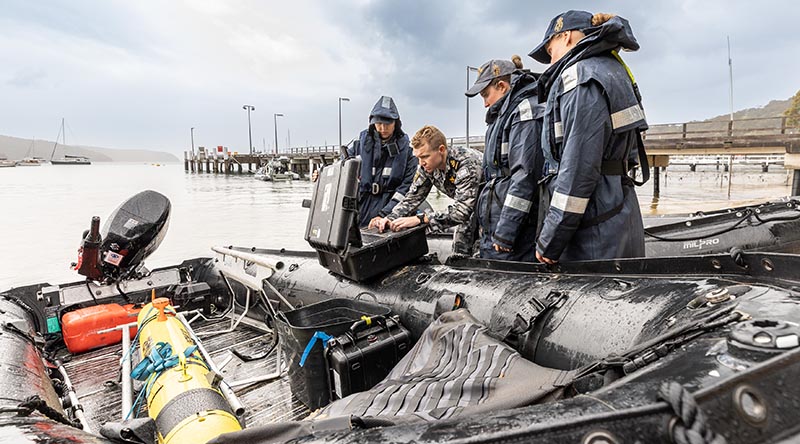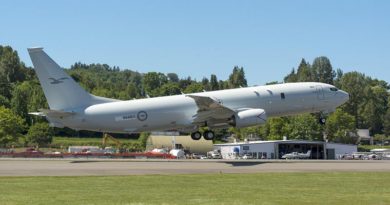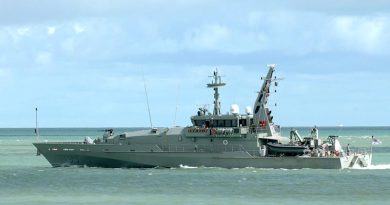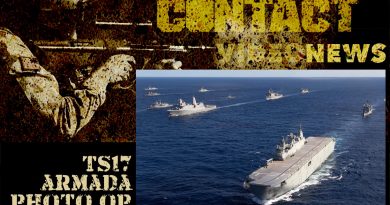Royal Australian Navy investing heavily in AI
Share the post "Royal Australian Navy investing heavily in AI"

Artificial intelligence (AI) predicting and countering undersea threats, and AI-enabled drones conducting surface and sub-surface missions, are happening now through the work of Navy’s AI team.
CAPTION: Royal Australian Navy Able Seaman Shannae Fiddyment, Petty Officer Eric Duthie, Able Seaman Grace Fox and Able Seaman Henrietta Bradford prepare communication equipment for a Remus 100S autonomous underwater vehicle during Exercise AUKUS at Pittwater, New South Wales. Story by Corporal Corporal Luke Bellman. Photo by Able Seaman Lucinda Allanson.
AI could soon be on everyone’s desktop – and integrated at every level – to create images and documents, read and write emails and even predict future problems, according to Director AI Commander Leigh Jackson.
“The goal would be that humans at any level of the organisation have been freed up from anything that a machine can do well,” he said.
“Humans do what they’re best at and machines do what they’re best at.
“Future state will be humans and machines operating in unison.”
The Navy team employs machine-learning AI that adapts independently, analytics and data visualisation for managing large data volumes, and robotic process automation for repetitive computer tasks.
The technology will be deployed on ships to test effectiveness and outcomes used to make improvements.
The first thing the team did with AUKUS was program an AI algorithm to process signals from sonar buoys, which were dropped out of a P-8A Poseidon to listen for ships, submarines, whales or anything else unknown.
Commander Jackson said the definition of pure AI was programming machines to mimic the abilities of humans.
“The artificial intelligence algorithm does it when there’s too much data for a human to process in real time,” he said.
In a battlefield scenario, when data is flying everywhere, AI could provide recommendations on which weapons to use and how to deploy them.
Development is repetitious, requiring constant updates to adapt to new situations that weren’t part of the original programming.
It can take up to six months to write an algorithm – with python language most commonly employed to program AI.
Robotic process automation team member Able Seaman Ebony Perry said they developed bots that automated repetitive tasks for the Maritime Warfare Centre.
“Their performance assessment reports would go in to the inbox and then the robot would take them, read them, upload them, file them in Objective and share them onto a SharePoint,” she said.
“Usually it’s a business unit that will come to us with a large digital workload and then we create the solution using intelligent automation to manage it.”
Commander Jackson said AI deployment in Navy, initiated by Captain Adam Allica, involved extensive collaboration with experts from Defence Data Division, Defence Digital Group and Defence Science and Technology Group, and increasingly Defence’s US and UK partners.
.
.

.
.
Share the post "Royal Australian Navy investing heavily in AI"





